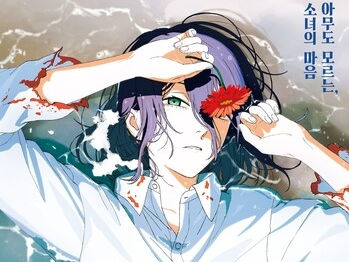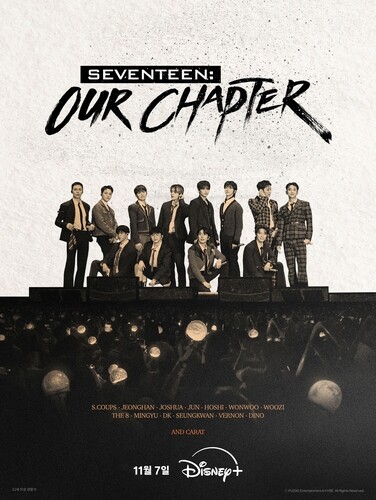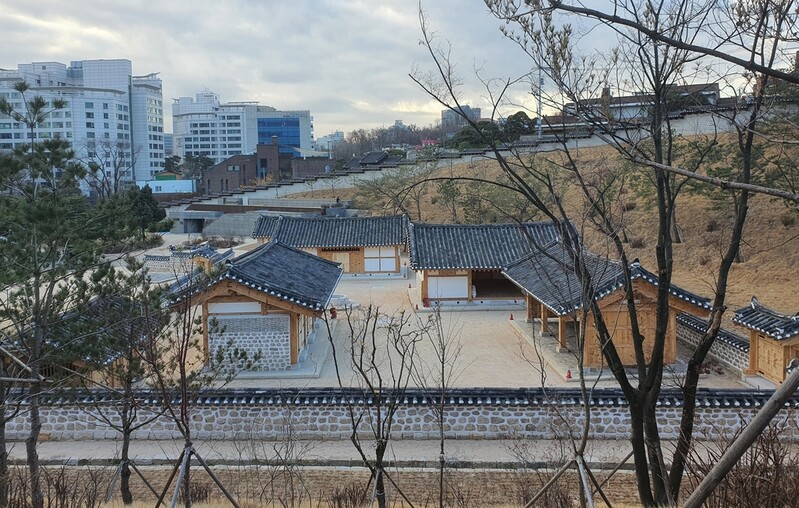 |
| ▲ This photo, provided by the Cultural Heritage Administration Royal Palaces and Tombs Center, shows the site of Sajikdan Jeonsacheong. (PHOTO NOT FOR SALE) (Yonhap) |
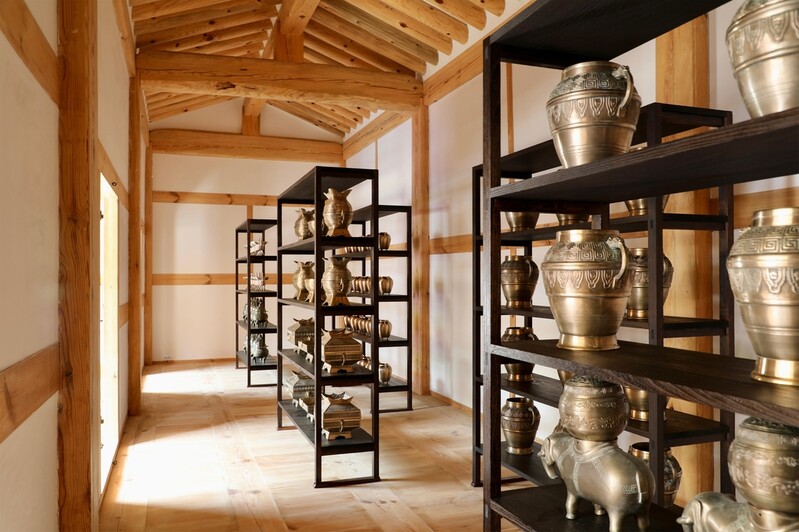 |
| ▲ This photo, provided by the Cultural Heritage Administration Royal Palaces and Tombs Center, shows the Sajikdan jegi-go. (PHOTO NOT FOR SALE) (Yonhap) |
SEOUL, May 10 (Yonhap) -- Jeonsacheong, a place where ancestral rites were held to the gods of land and grain in the prehistoric era but was severely damaged during the Japanese colonial period, was restored.
The Cultural Heritage Administration Royal Palaces and Tombs Center announced on the 10th that it would open the restoration area of Sajikdan (a sort of national shrine in Korea), the most important ceremonial site along with Jongmyo during the Joseon Dynasty.
Eight new buildings were built in the area of the Jeonsacheong (used to prepare foods and vessels for the rituals), located on the west of the Sajikdan. Along with Jeonsacheong, Jagigo and Japmulgo to store ritual goods, Jaesaengjeong to make sacrificed goods and many more buildings were built.
In the restored hall, ceremonial supplies, reproductions of table settings, ceremonial attires, and jegi, a vessel used for ancestral rites are exhibited. In the Subokbang (janitor's quarter of royal tomb), one will be able to see a video of Sajik Daeje that was held late night.
When the Sajik Daejeon System was abolished in 1911, Sajikdan was created as a park in the 1920s. In this process, most of the buildings and the walls were demolished. Currently, only the results of the restoration project carried out in the 1980s, the doors of Guksadan and Gukjikdan are left.
The Cultural Heritage Administration Royal Palaces and Tombs Center plans to relocate the Sajikdong Community Center and Sajik Police Station and restore the Anhyangcheong area to restore its original appearance by 2027.
(This article is translated from Korean to English by Haemin Kim.)
(END)
(C) Yonhap News Agency. All Rights Reserved











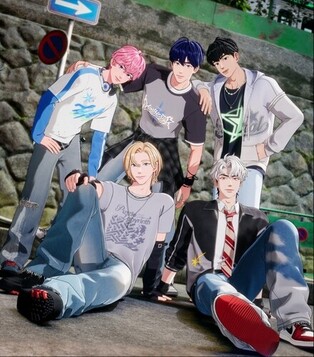
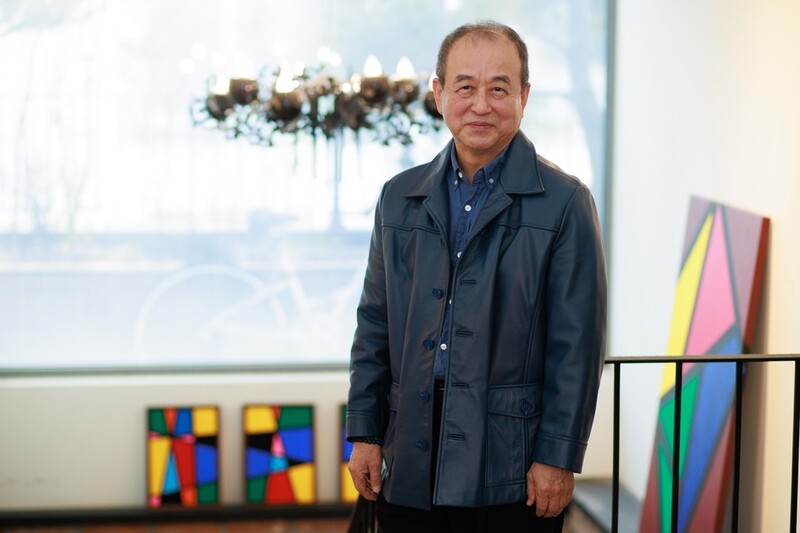
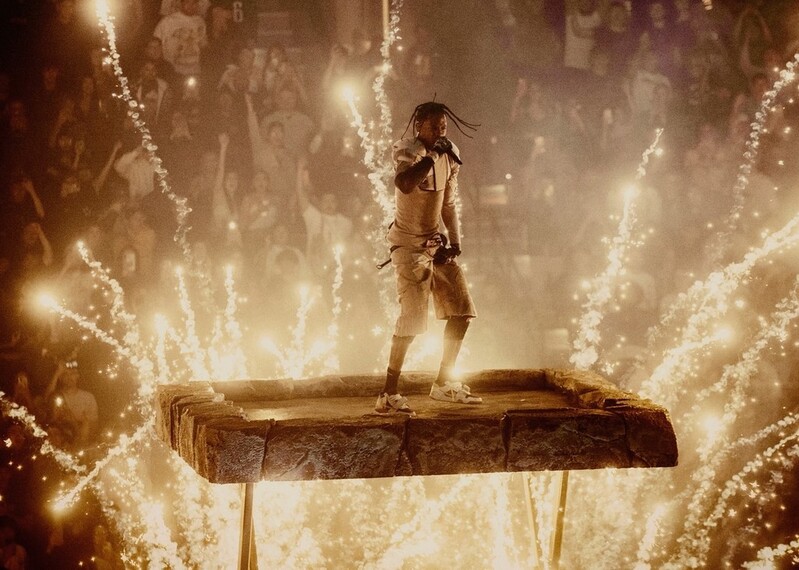
![[가요소식] 보이넥스트도어, 신보로 3연속 밀리언셀러 달성](https://korean-vibe.com/news/data/20251025/yna1065624915905018_166_thum.jpg)



